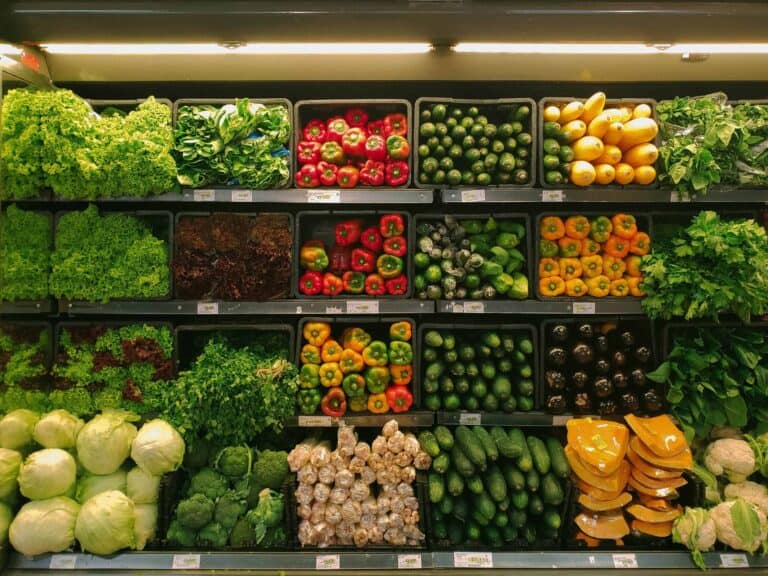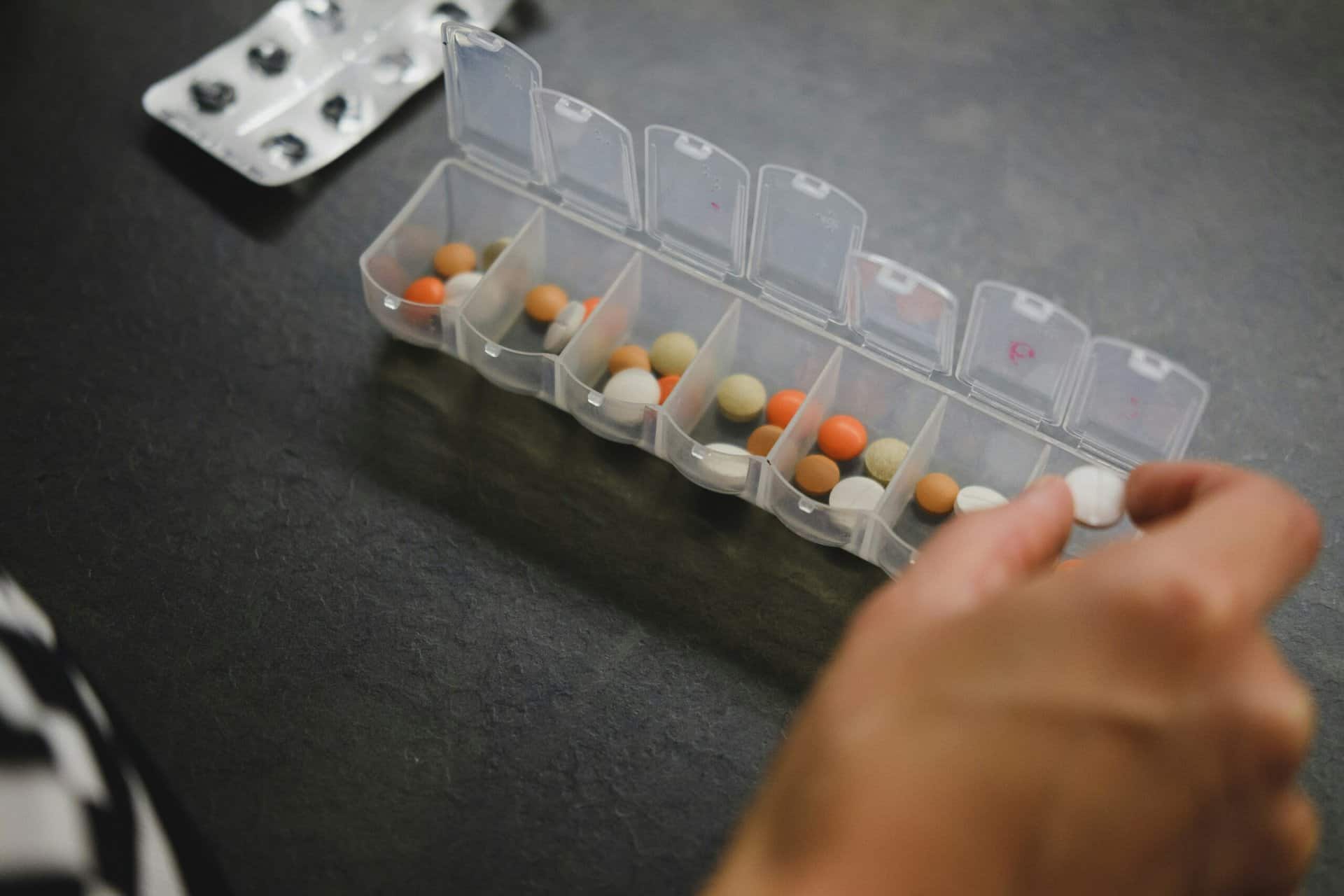You see it everywhere these days… “Eat Organic” articles, the “Organic” label on foods, the “Organic” sign above a section in the grocery store.
I figured it would be good to do. But I really didn’t know why. So my “rebel” spirit kicked in and I asked myself “why should I?” when I saw the next “organic” label.
Yep – time to do a little research. After all, I really didn’t know what “organic” meant when applied to food. There were a few surprises in store for me – so, of course, I want to share with you.
The articles did proclaim that consumers are looking for reasons to eat healthier and they want more information about where their food comes from and how it was produced. Spot on – that’s my goal.
But don’t get too technical or long-winded. Okay.
I started with an article that said there are “hundreds of reasons to choose certified organic over conventional products” and quickly scanned to find the top ones (and ones that made sense to me). You can breathe a sigh of relief, I will only share those.
However, I still had a question mark in the definition department. As I looked at the top reasons, the explanations with them gave me a much better understanding of what “organic” really meant.
#1 – Persistent Pesticides – eating organic reduces the amount of chemicals in your food, namely persistent pesticides.
The use of insecticides, fungicides, fertilizers and weedkillers are strictly monitored in organic food production. Yeah – my “trust” detector is activating.
Turns out, organic farming produces healthy food without the use of toxic pesticides – even though some organic farms do use pesticides. Hold up! You said “none”. But there are some — ones that are primarily derived from natural substances — ones approved for organic production.
I sensed a little “wiggle room” there but then I learned there is a National Organic Standards Board – they maintain the approved list. General rule – the items are naturally occurring materials and synthetic materials are prohibited (with some exceptions – don’t know what those are).
However, good news, third-party organizations like the Organic Materials Review Institute evaluate new products to make sure they are in compliance. When they said the process involves hundreds of technical experts, my eyes glazed over. Evidently, though, the natural pesticides that are approved are only allowed to be used when other pest control methods aren’t successful.
What other “pest control methods”, I wonder? Sure enough, there was an article about a recent study that found, under certain conditions, ants can be more effective than pesticides at pest control and increasing crop yields over time.
Who knew? There is more to be learned, but I am happy to hear there is such a thing as “biological control ecosystem services” and am cheering them on!
Why? What I learned about pesticides freaked me out – well, I grew up on a farm and kind of knew how they were used everywhere (in the 50’s), but we had no idea of the harm.
Turns out that about 1 billion pounds of pesticides are used each year in the U.S. And many of these chemicals are banned in other countries. That’s concerning.
But more concerning is realizing that the reliance on chemicals to grow our food is not sustainable – the article even said we’re nearing the end of the “pesticide treadmill”. That is a term coined decades ago referring to the slow escalation in the strength and quantity of the chemicals needed to control pests.
For instance, a new chemical is developed to kill weeds, weeds become resistant to that chemical, so a new, more potent chemical is developed, and so on and so on.
Consequences? First a cost factor – resistant weeds have been estimated to cost $43 billion in crop losses each year for corn and soybeans alone. This drives up food prices: more expensive corn means more expensive feed which means more expensive meat, and on and on.
But the cost to our health is more depressing – reliance on chemicals to grow crops is partly to blame for nutrient-depleted food. Pesticide use increased 222% between 1960 and 1981. Let’s get specific about what pesticides do – they damage the organisms that live in soil, which are crucial to the soil’s health and, of course, the plants that grow in the soil. (which we then eat, by the way)
Maybe the plants grow faster and bigger, but not healthier. A landmark study in 2004 compared nutritional data from 1950 and 1999 for 43 different fruits and vegetables, finding a “reliable decline” in the amount of protein, calcium, phosphorus, iron, vitamin B2 (riboflavin), and vitamin C.
Eating your orange or apple is not as helpful healthwise as it used to be – you have to consume a whole bunch more to get what you used to get from them.
#2 – GMOs – eating organic is the best way to avoid GMO foods, ingredients and contamination. You see, the use of “genetically modified organisms” or GMOs, is prohibited in organic products. Hurray!
This means an organic farm can’t plant GMO seeds, an organic cow can’t eat GMO alfalfa or corn, and an organic soup producer can’t use any GMO ingredients. To meet the USDA organic regulations, farmers and processors must show they aren’t using GMOs, and that they are protecting their products from contact with prohibited substances, such as GMOs, from farm to table.
I found some pros and cons about the GMO issue – seems it has controversy attached to it. And I even found a unique name attached – labels won’t say GMO but instead use the term “bioengineered food”. But any food labeled “100% organic” does not contain any GMO ingredients (U.S. law prohibits this).
Dr. Glidden says research links directly the consumption of genetically engineered corn and soy with 4 different types of cancer and deaths from high blood pressure and deaths from stroke. He shares the details and numbers on his subscription site – referencing statistics and charts showing liver and bile duct cancer incidence, kidney cancer, bladder cancer, thyroid cancer, high blood pressure (hypertension) and stroke. Watching his information is quite sobering!
Dr. Glidden also sounded an alarm that the labeling of corn and soy as “organic” is not to be trusted as verifying non-GMO and no pesticides have been used. (oops, this is really concerning – wish I knew more) So his advice is to stay away from corn and soy (and yes, that includes corn syrup). His quote? “Go organic, ladies and gentlemen! Educate yourself about what really is organic and what is suspect and, for goodness sakes, my recommendation is to stay the heck away from corn and soy ….”
Yes, of course, he added to do this in addition to staying away from the other 10 bad foods and to every day nutrify your body with the 90 essential nutrients. (you can check this out at my link HERE )
#3 – Health – no artificial colors, flavors or preservatives are allowed in organic food. Yep – I need to know “why” and “is it really true”– so I looked further.
Fewer than 40 synthetic substances can be used in organic packaged foods and only after they have been reviewed by independent and government experts. So…there ARE artificial things in there!
They tried to soften this a bit by explaining that there are thousands of chemicals that can be added to conventional packaged foods. And then explaining that preservatives, flavors and colors have been linked to health problems – not giving specifics on this but stating “from diabetes to obesity, to ADHD, the food-related diseases are at an all-time high.” They referenced a New York Times article “Our Food is Killing Us” HERE.
I personally picked up on the “organic packaged foods” identification. Seems like “packaged” is a key identifier – might require our attention here.
#4 – Nutrition – organic food contains more vitamins, minerals, enzymes and micronutrients than conventionally raised food. There were 7 studies cited showing “more antioxidant activity”, “more omega-3 fatty acids”, and “beneficial flavonoid known as quercetin”. It was good to see these.
Their statement that there “is a growing body of evidence documenting how farming methods can influence the nutritional content of foods” linked to a PubMed.gov article HERE.
#5 – Cancer – eating organic can reduce your risk of cancer. (this echoes Dr. Glidden’s information)
A new study in JAMA, a respected medical journal, found that those who ate organic foods frequently lowered their overall risk of developing cancer. Specifically, those who primarily eat organic foods were more likely to ward off non-Hodgkin lymphoma and postmenopausal breast cancer compared to those who rarely or never ate organic foods.
There ya go! I gave you my top 5 of the 15 they listed and I didn’t even consider sharing the “hundreds”. You’re welcome!
But I pray you experience, as I did, a better understanding of what “organic” means and why we need to be paying attention. I am heading to the fridge to grab one of those Palisade peaches we just got – but sadly, I have already discarded the box and don’t know if it is “organic”. So I checked online and found this interesting description from “one” of the producers:
An organic farm creates a long-term beneficial and sustainable environment that is healthier for all life…. Getting an organic certification from the USDA (United States Dept. of Agriculture) is a detailed process that takes years. To be certified, we are inspected and audited each year by the Colorado Department of Agriculture (CDA) as an accredited certifier for the USDA certification for raising and selling fruits and vegetables.So now we are educated – let’s eat healthy! And hug the next “organic” farmer you meet – they need encouragement.
Food and dietary supplement products sold by Youngevity are intended to contribute to the daily diet and overall health and are not intended for use in the prevention, treatment, mitigation, or cure of any disease or health-related condition. Individuals who have or suspect they have an illness or who wish to commence a diet or exercise program should consult an appropriately licensed health care practitioner for a medical history evaluation, diagnosis, treatment, and health recommendations.



